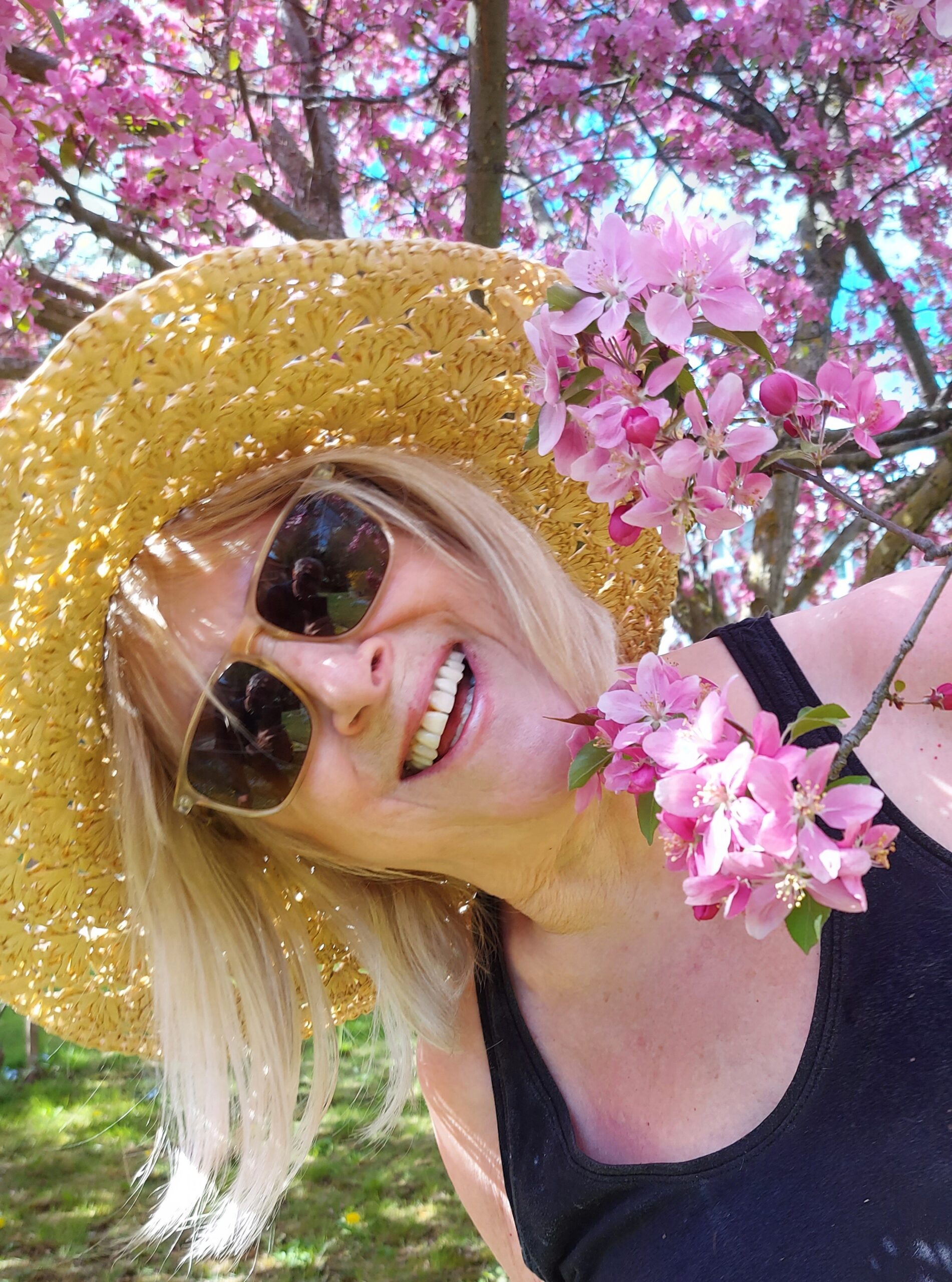Dr Dianne Conrad is a retired but active scholar and teacher in online education following a long post-secondary career at Canadian universities. Dianne’s multiple publications cover several diverse areas including adult education, assessment, and prior learning. Her most recent book considers how seniors can adapt their learning to current technologies. Seniors’ Learning in the Digital Age (University of Ottawa Press, 2022 (open).

Interview: https://episodes.castos.com/onlinelearninglegends/2f3f70fe-7fed-4e58-9f9f-3b2c5a9e2168-066-Dianne-Conrad-Final.mp3 | recorded January 2022
Dianne’s profile: https://teachonline.ca/tools-trends/searchable-directory-canadian-researchers/conrad-dianne
Nominated publications (free to access):
- Conrad, D. (2020). “Mind the gap”: The enormity of change in the transition to online learning. Academic Matters. Available from, in three parts:
- https://academicmatters.ca/mind-the-gap-critical-insights-on-the-urgent-transition-to-online-learning-in-a-time-of-crisis-part-one/
- https://academicmatters.ca/mind-the-gap-reflections-and-critical-insights-on-the-urgent-transition-to-online-learning-in-a-time-of-crisis-part-two/
- https://academicmatters.ca/mind-the-gap-the-four-modes-of-successful-online-teaching/
- Conrad, D., & Openo, J. (2018). Assessment Strategies for Online Learning: Engagement and Authenticity. Edmonton, AB: Athabasca University Press. https://www.aupress.ca/books/120279-assessment-strategies-for-online-learning/
- Conrad, D. (2014). Interaction and communication in online learning communities: Toward an engaged and flexible future. In O. Zawacki-Richter and T. Anderson (Eds.), Online Distance Education: Towards a Research Agenda (pp 381-402). Edmonton, AB: Athabasca University Press. https://www.aupress.ca/books/120233-online-distance-education/
- Conrad, D. (2008). Situating prior learning assessment and recognition (PLAR) in an online learning environment. In T. Anderson (Ed.) Theory and practice of online learning. Athabasca: Athabasca University. https://www.aupress.ca/books/120146-the-theory-and-practice-of-online-learning/
- Conrad, D. (2005). Building and maintaining community in cohort-based online learning. International Journal of E-Learning & Distance Education 20(1), 1-20. Available from: http://www.ijede.ca/index.php/jde/article/view/78/59
Nominated work (requires purchase):
- Conrad, D., & Prinsloo, P. (Eds.). Open(ing) education: Theory and practice. Leiden, NL: Brill. https://brill.com/view/title/56897?language=en
I just listened to the podcast and I am somewhat astonished that Stephen Downs could not tell Diane how they formed community in the MOOCS. I was a participant in a 2010 Downs/Siemens/Cormier MOOC where we formed community through what Dave Cormier called “clustering.” It was a seemingly haphazard process of finding each other. Through the blogs we posted and the comments we shared we met people who resonated with us; we may have disagreed we may have been like-minded but there was a resonance that drew handfuls of us together. And there was a wider community developed through Twitter following. Some of those people are still part of my learning community today. That community opportunity is missing in cMOOCs in which I have participated where grad students or peers do the grading, but there is no clustering or finding one another because of anonymity and privacy. I am sure there must have been those for whom the haphazard process of finding one another failed. In 2010, 1500 registered participants was “massive,“ and of those 1500, perhaps 150 appeared to be active. Of course, there is no telling what the other 90% we’re doing, how they may have been creating their own communities that were invisible to the rest of us.
Hi, Jim, thanks for listening and replying. Yes, my conversation with Stephen was interesting but I understood his point on this topic. It may have been that he/they did not see their “clustering” as forming community. It may have been that the notion of “forming” community was not perceived as such because, as you point out, it was sort of a happenchance kind of activity rather than a deliberate or orchestrated one. My sense from my own “regular” online course experience is there must be a driver, an instigator, to make these things happen.
It may also be difficult to ascertain how much, if any, community is being formed outside the medium. We know that this happens with all learners, “the underground community” – as it always has one way or the other – but tracking it or identifying it is a different matter and yes, perhaps encroaching on privacy issues.